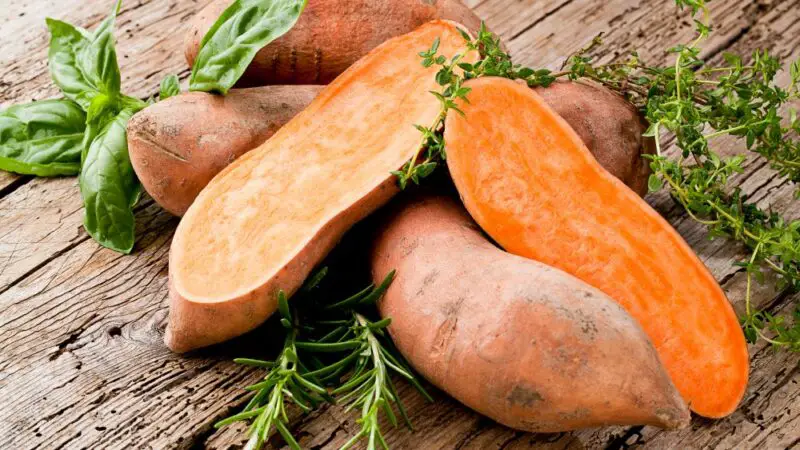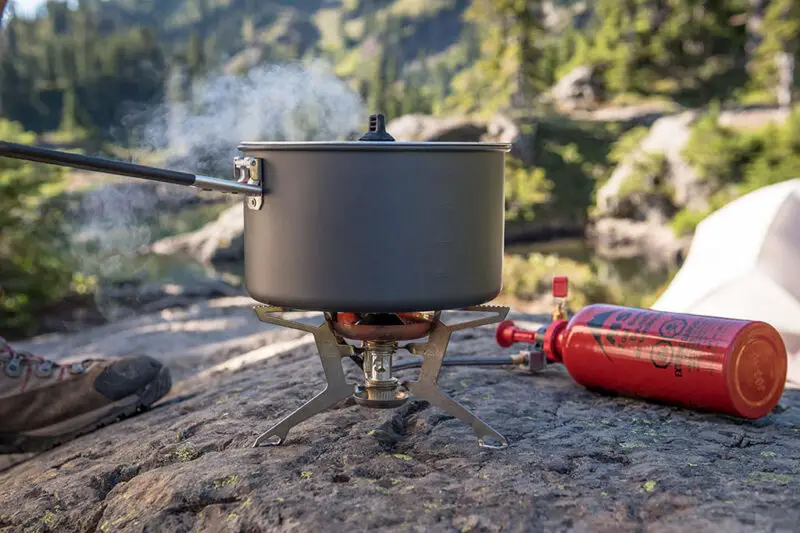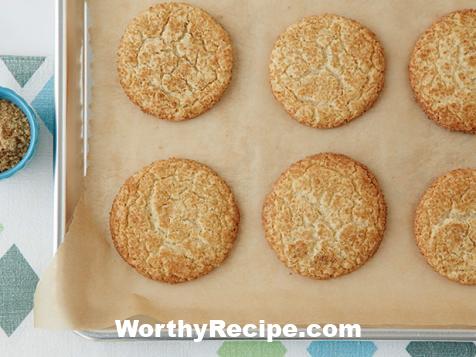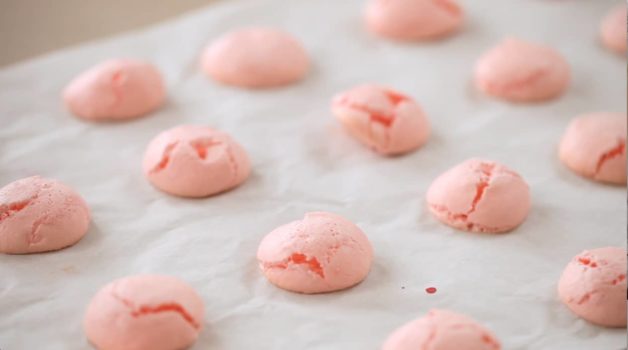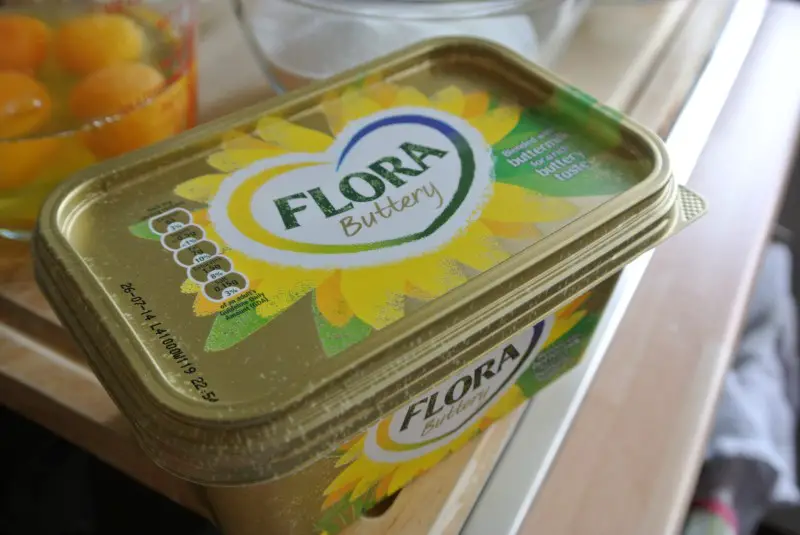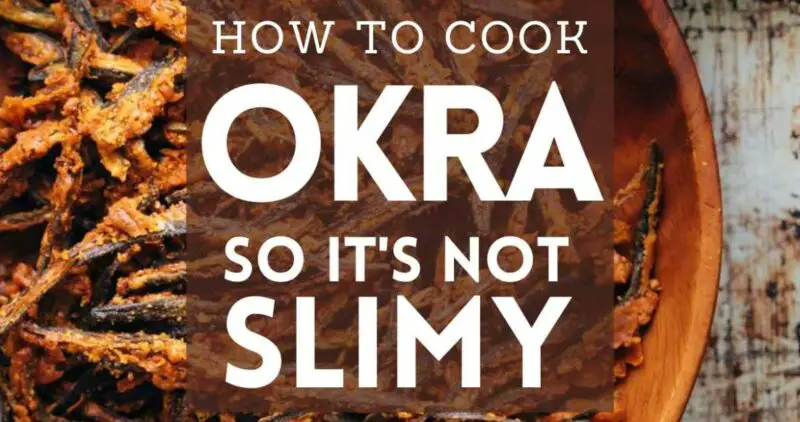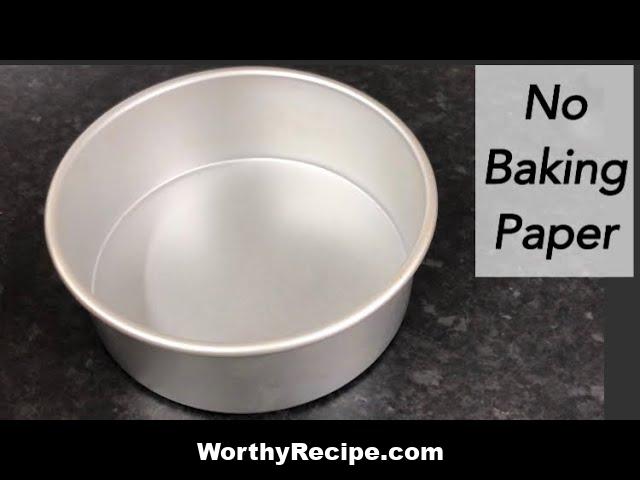Are you feeling stumped by your tough and unappetizing sweet potato after cooking? Fret not, as we’re here to help you uncover the root of the issue. Sweet potatoes, often touted for their nutritional value and versatility in cooking, can be a bit tricky to get right. While they’re packed with flavor and texture when cooked correctly, a tough tater can be a real disappointment. In this article, we’ll dive into the quick answer behind why your sweet potato may be tough after cooking – so that you can perfect your sweet potato game and enjoy this delicious staple without any culinary mishaps.
Why is My Sweet Potato Tough After Cooking: An In-Depth Analysis
When it comes to cooking sweet potatoes, there’s nothing more disappointing than biting into one only to find its texture tough, dry and inedible. Sweet potatoes have become a popular side dish for their rich flavor, beautiful color and most importantly, their nutritional value. They are an excellent source of dietary fiber, vitamins C and B6, potassium and iron.
Understanding Sweet Potatoes
Sweet potatoes belong to the family of morning glories plants. They come in different colors, including orange, yellow and purple. Depending on the country or region they’re grown in, sweet potatoes may also be called yams. However, yams are entirely different from sweet potatoes.
Factors Affecting the Texture of Sweet Potatoes
The texture of sweet potatoes can be affected by various factors throughout cultivation, storage and cooking process. Some common factors that influence texture include:
Harvesting Techniques and Texture
- Harvest time: The maturity level of a sweet potato at harvest time is crucial. If harvested too early or too late, it can affect its final texture adversely.
- Handling during harvesting: The rough handling of sweet potatoes during harvesting can lead to bruises or cuts that develop into black spots on the surface of your sweet potato over time.
Storage Conditions and Texture
- Temperature:Sweet potatoes should be stored somewhere that is cool but doesn’t freeze. Temperatures between 50-60°F are ideal for long term storage.
- Humidity: Dewy or damp sweet potatoes must be adequately dried off before being stored. This prevents them from rotting.
- Length of storage: Sweet potatoes will continue to harden and become somewhat fibrous the longer they are stored.
Cooking Methods and Texture
- Baking: Baking of sweet potatoes is one of the most common cooking methods. However, it can lead to overly hard or undercooked sweet potatoes if not done correctly for a long enough time.
- Boiling: Boiling your sweet potato too long will turn it into mush while cutting corners by boiling for too little time may leave you with an undercooked root vegetable.
- Frying: Deep frying your sweet potato adds crispy texture on the outside but risks drying out the inside leaving it tough and hard to chew.
Solutions to Tough Sweet Potatoes
If you find yourself cooking up delicious but tough, unappetizing sweet potatoes, worry no more. Follow these simple tips to ensure perfect texture every time:
Tips for selecting ideal sweet potatoes at the store
- Pick firm, well-shaped sweet potatoes that don’t have any cracks or bruises on their skin.
- To determine maturation level – matured ones feel harder than youngrocks when gently pressed, check also their skin color which matures overtime from light orange brownish -orange tinted when in optimal state</lil
- Avoid those with a greenish tinge, these may be less sweet in flavor and contain solanine.
Proper storing technique
- Humidity levels: Place your sweet potatoes in a dry place to keep them from rotting. A dry environment will also prevent the buildup of condensation.
- Proper ventilation: Proper air circulation around your stored sweet potatoes is vital to keep them fresh. This can be achieved by spacing out your stored root veggies or creating proper airflow in storage containers like mesh bags or wire baskets.
- Ventilation methods
- Use of a root cellar
Tips on preparing in advance
- Blanching before freezing: Blanching involves scalding vegetables briefly before freezing to help retain their nutritional value, texture and color. It helps set the skin so that it does not slip off during peeling after they are thawed and adds tenderness.</lil
- Cook in advance: Cooking your sweet potato beforehand saves you time during mealtime. The cooked sweet potato can be refrigerated for up to five days or frozen for two weeks without compromising its taste or texture.</lil
* Refrigeration
* Freezing
Frequently Asked Questions about Sweet Potato Cooking Issues
1. Can I overcook my sweet potato?
Sweet potatoes are forgiving when it comes to cooking times, which means they can handle being cooked for a little longer than needed. Overcooking them, however, may cause the texture to become mushy.
2. Is it possible to reverse tough, uncooked or undercooked sweet potato?
It is difficult to reverse the texture of already cooked sweet potatoes as the process that causes them to become hard takes place during cooking time. It is best to prevent this problem altogether by using some of the solutions discussed in this article
3. Do I have to peel my sweet potatoes first before cooking them?
No, you do not have to peel your sweet potatoes before cooking them unless you are using a recipe that specifically calls for peeled sweet potatoes or prefer your potatoes without skin.
4. What is the best way to tell when your sweet potato is fully cooked?
- Poke a fork into your sweet potato; it should pierce through quickly with minimal resistance but no firmness left inside.
- Another method- press on the skin gently after removing from the oven and it should give partly yielding slightly
Conclusion
We understand how frustrated you can feel when your favorite vegetable turns out chewier than expected or even worse inedible. With some knowledge on how storage and cooking affect Sweet Potato texture above plus tips on maintaining ideal storing conditions available here, You should now be more confident during preparation and achieve perfect peeled, cubed, baked, boiled or fried Sweet Potatoes every time. You no longer have to curse at another tough brownish patty because you know what went wrong thanks for our guide.
Summary
Sweet potatoes are a nutritious and delicious addition to any meal, but what happens when they come out of the oven or pot with a tough texture? In this in-depth analysis, we explore the various factors that affect the texture of sweet potatoes, such as harvesting techniques, storage conditions, and cooking methods.
We cover topics like how harvest time and handling during harvesting can impact the final product; how temperature, humidity, and length of storage can make a difference in texture after storing; and how baking, boiling, and frying all require different techniques to achieve the perfect texture.
But don’t worry – we also provide solutions to help prevent tough sweet potatoes from happening again. We offer tips for selecting ideal sweet potatoes at the store and proper storing techniques with proper humidity levels and ventilation methods such as using a root cellar. In addition to these storage tips, we also suggest helpful hints for preparing sweet potatoes in advance by either blanching before freezing or cooking in advance through refrigeration or freezing.
We answer frequently asked questions about sweet potato cooking issues such as whether overcooking is possible, possibilities for reversing undercooked or uncooked options, whether peeling prior to cooking is necessary and determining when they are fully cooked.
In conclusion, we hope this article has provided insight into why your sweet potato might be coming out tough after cooking. Armed with this knowledge on harvesting techniques, proper storage conditions, cooking methods and solutions for prevention it doesn’t have to happen again!
